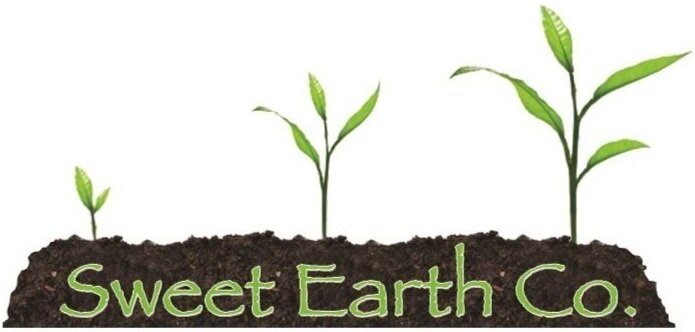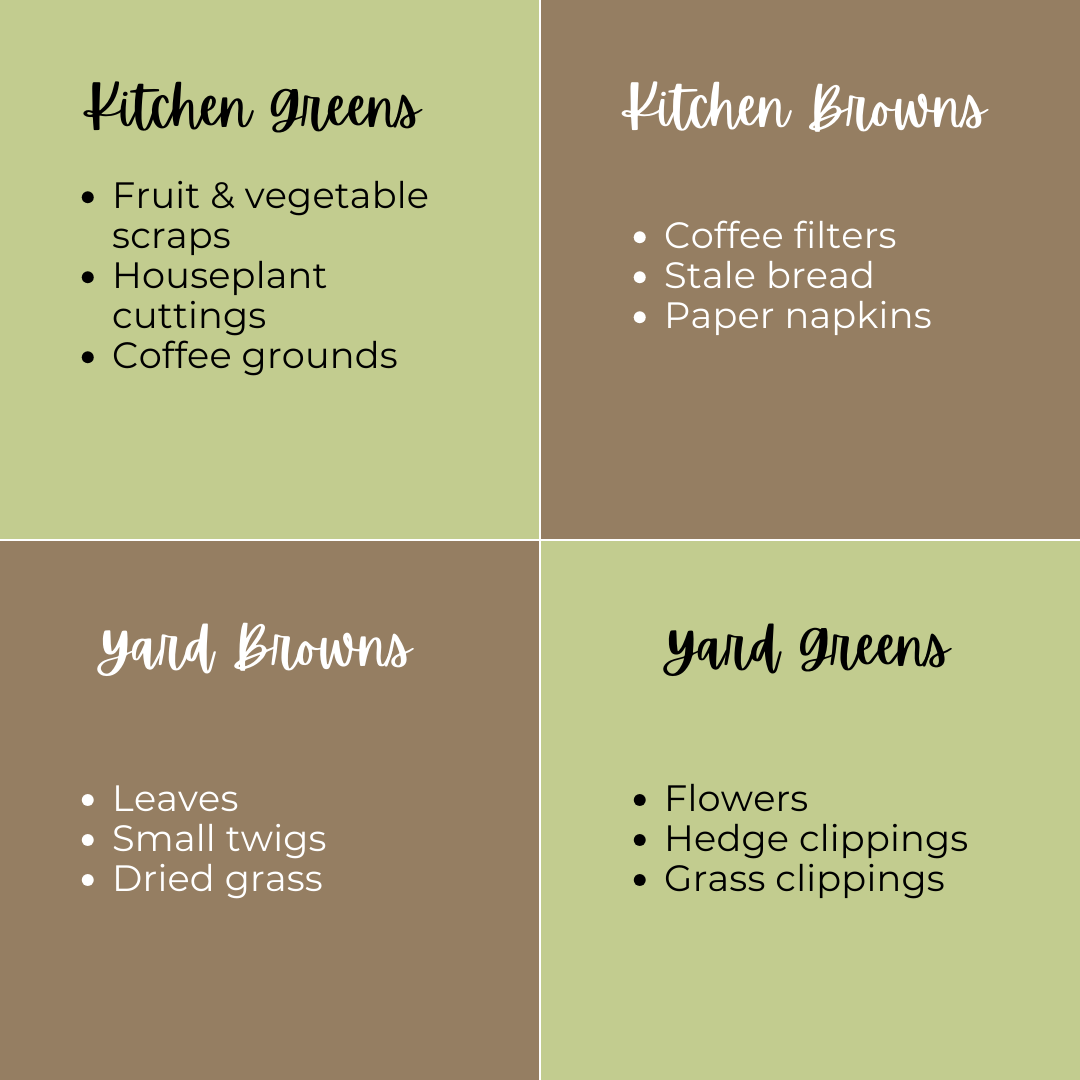How to Make Your Own Compost
We talk a lot about composting here at Sweet Earth Co. In this earlier blog post, we share more about how it’s the best way to improve your soil quality, and we go more in-depth about compost in this blog post.
In this post, we want to chat a bit more about how to make your own compost.
First, what is composting?
Composting is a controlled, aerobic (oxygen-required) process that converts organic materials into a nutrient-rich soil amendment or mulch through natural decomposition. The end product is compost — a dark, crumbly, earthy-smelling material. Microorganisms feed on the materials added to the compost pile during the composting process. They use carbon and nitrogen to grow and reproduce, water to digest materials, and oxygen to breathe. (See source 1 below.)
Compost is fundamental to eco-gardening
One of the main principles of eco-gardening is to work with, not against, nature to achieve a beautiful, sustainable garden. Composting is nature’s way of recycling. As so concisely described by the EPA, “It is one of the most powerful actions we can take to reduce our trash, address climate change, and build healthy soil.”
Brown (carbon-rich) + Green (nitrogen-rich) + Water = Compost
The ideal brown (carbon) vs. green (nitrogen) ratio is 30:1 (or in inches, 6” of brown to every 1” of green), plus just enough water to keep the pile moist but not soggy.
When there is extra nitrogen, the excess will emanate from the compost as ammonia gas (which leads to an undesirable smell of ammonia.) With less nitrogen than the recommended 30:1 ratio, there won’t be enough of the nitrogen to keep the soil biology inside the compost thriving and healthy. With fewer microbes the compost doesn’t get hot enough to break down quickly.
Greens & Browns
There are kitchen and yard browns, and kitchen and yard greens. Compost from kitchen greens and browns is usually done in an enclosed (with aeration holes) container to keep critters out. Compost created from just yard waste can be done with piles; no container needed. Some examples of kitchen and yard compost “ingredients" are:
Kitchen Greens —
Fruit & vegetable scraps
Houseplant cuttings
Coffee grounds
Yard Greens —
Flowers
Hedge clippings
Grass clippings
Kitchen Browns —
Coffee filters
Stale bread
Paper napkins
Yard Browns —
Leaves
Small twigs
Dried grass
Interested in learning more about compost? Get on the waitlist for The Eco-Friendly Cutting Garden, our signature program. Inside you’ll find a complete guide to composting.
Before we go, let’s talk about what composting can do for your soil. It’s known as gardener’s gold because it helps in so many ways. It improves texture, structure, aeration, moisture level & retention, drainage, pH, and nutrient availability!
So, how to use this compost once it’s made? Add it to new garden beds before planting and topdress existing beds (fall is the best time of year to do this). You can also add some compost into a freshly dug hole before planting, or simply add to your pots to improve your soil.
Sources
1: EPA



